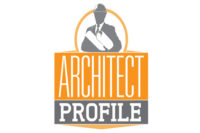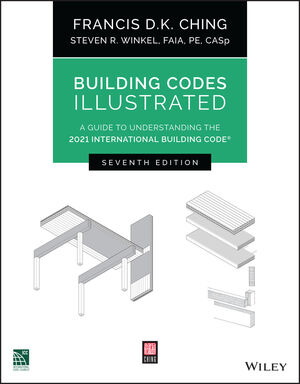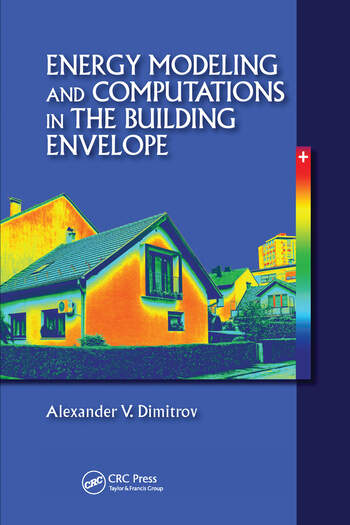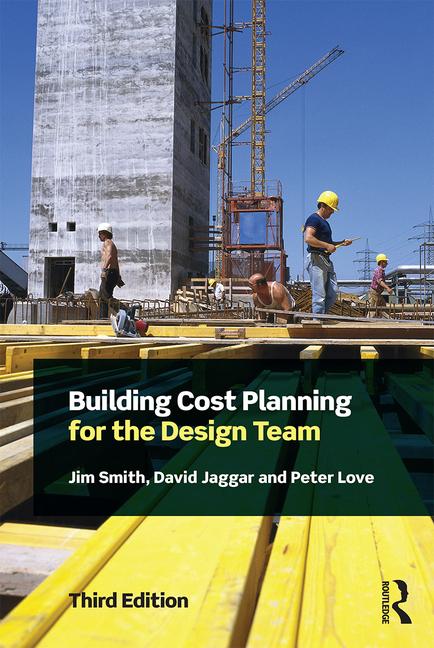Building Professional of the Month: Jeremiah Doornbos, AIA, LEED-AP
Each month BE interviews a new architect to hear their perspective.






Headquartered in Dearborn, Michigan, Ghafari Associates, Inc. is one of the fastest growing architectural and engineering firms in the Midwest. In 2000, the firm was ranked 143 among the top 500 design firms in the nation by Engineering News-Record magazine.
Recently, BE sat down with their senior project designer, Jeremiah Doornbos, AIA, LEED-AP.
Building Envelope: How many years do you have in the profession?
Doornbos: I have been working in the field of architecture and design for about 18 years.
Building Envelope: What is your work history in this field?
Doornbos: I started out by interning in a small firm for a couple of years while I was going to college and after college I worked for about three years at Design Plus in Grand Rapids, Michigan. Following that I moved back to the Detroit-area and worked a short time at Albert Kahn Associates before joining Gensler. I worked a couple of years in Gensler’s Detroit office before I transferred to their Denver office. A couple of years later I moved back to the Detroit area and joined Ghafari Associates.
Building Envelope: Where did you go to school?
Doornbos: I received a Bachelor of Science degree in Architecture from Lawrence Technological University in 1998 and a Master of Architecture degree from the University of Michigan in 2000.
Building Envelope: Did you have a specialization?
Doornbos: Currently, my focus is in leading the design effort for Ghafari’s interior architecture practice area, but I am still very active in my firm’s core and shell architecture projects. Designing both interior and exterior projects provides me with more of a holistic understanding of a project and the implications each has on the other.
Building Envelope: Do you approach architecture from an artistic or functional starting point? Are the two concepts exclusive?
Doornbos: For me, a design always starts with the constraints of the particular project whether it’s programmatic, environmental or other influences. Following a thorough understanding of the projects constrains I believe artistry starts shape the project. This process is usually done through a series of initial massing studies. From then on, my design process is a back and forth between programmatic influences and form-making.
Building Envelope: If any, who are your role models?
Doornbos: I’ve had the fortunate opportunity to work with a myriad of very talented designers over the years and I think each one has influenced me in some way. I believe they all have had some influence on who I am as a designer today.
Building Envelope: What projects, other than your own work, do you find inspiring?
Doornbos: I find the explorations in materiality by Tod Williams and Billie Tsien really inspiring. I’ve had the opportunity to visit a few of their projects and always appreciate the architectonic nature of them.
Building Envelope: How many buildings have you designed?
Doornbos: I find it difficult to quantify the number because I’ve played a role in so many projects over the years. The actual number of buildings is probably very low in comparison to my body of work which compiles interior architecture and planning projects as well.
Building Envelope: If you had to choose one to represent your work, what project would you choose?
Doornbos: It’s hard to say because I feel each project I have designed is a manifestation of ideas that I explored at that point in time and each project builds upon the last. So if I had to choose one I would say it’s my current interior project for a large corporate client. The project explores ideas of contradiction. Open, but intimate and permanent while flexible are just a couple of the explorations.
Building Envelope: What are your guiding principles when designing a structure?
Doornbos: First and foremost - I design buildings and spaces for people. After that the project has to solve all the programmatic requirements and embody sustainable strategies.
Building Envelope: If you could have any building to redesign—anywhere in the world—which would you like to address?
Doornbos: It’s always interesting to discuss what could have been done or what I think should have been done by another designer’s project, but I would say I’m my own harshest critic. I can think of a number of my own projects I would like to go back and fix. Designing a project is like cooking. You put together all the ingredients you are confident will work together, but you never really know until you taste the result. It’s at that moment you realize you may have added too much or too little.
Building Envelope: What types of products interest you?
Doornbos: I love texture so products that have a unique physical or visual texture draw my attention first.
Building Envelope: What types of products in the wall and ceiling industry really interest you?
Doornbos: I’m really interested in exploring the possibilities of Pocelanosa’s Krion solid surface material. The duality of the product intrigues me the most. It’s capable of being used in almost any configuration in an interior environment as well as a cladding option for exterior projects. It seems to be limitless.
Looking for a reprint of this article?
From high-res PDFs to custom plaques, order your copy today!











